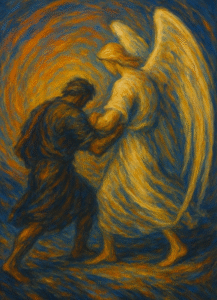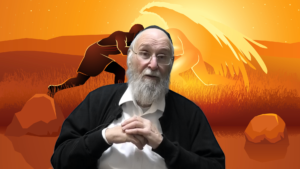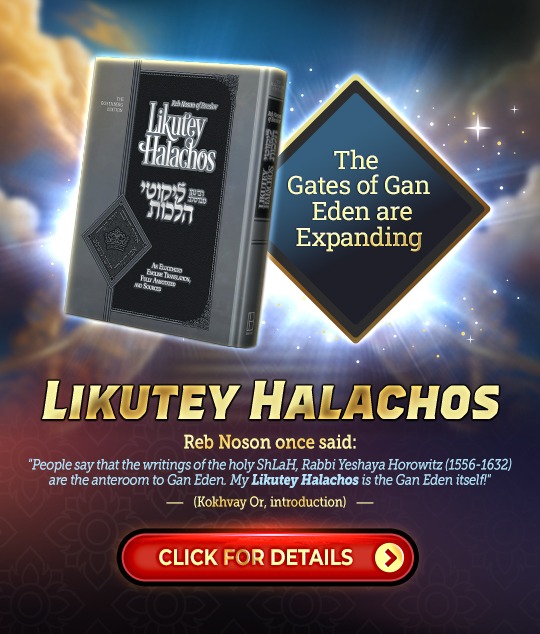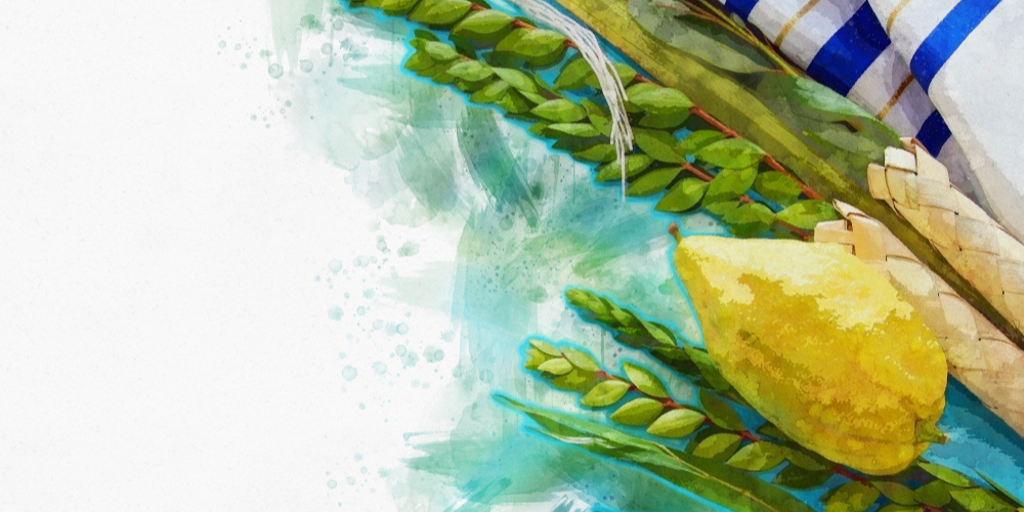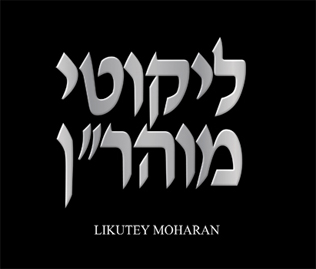- Joy ⬦ Parnasa ⬦ Read ⬦ Shabbat ⬦ Weekly Torah Portion
The 5 Expressions of the Poor Man’s Joy
The Korban Mincha and the Power of Joyful Poverty
Parshat Vayikra opens with the theme of korban nedavah—voluntary offerings brought out of a desire to connect to Hashem. While the wealthy bring offerings of cattle and sheep and birds, the Torah then turns its attention to the korban mincha, the meal offering brought by the poor. Rashi emphasizes that Hashem delights in the mincha of a poor person as if he offered his very soul. But this raises a powerful question: if a person is poor, why is he bringing a nedavah at all? Shouldn’t he be saving every penny for essential needs?
The answer lies in the inner world of the giver. A poor person who nevertheless brings an offering is expressing a deep truth: “I’m struggling, but Hashem hasn’t abandoned me. I still have something to give.” This attitude reveals that he hasn’t allowed poverty to turn into bitterness. He still has simcha, joy, and from that joy, he gives whatever he can. That joy itself is the korban.
Five Offerings of the Poor—Five Levels of Simcha
The Torah lists five types of mincha offerings, and each one reflects a different level of how simcha can express itself even in poverty:
- Solet – Fine flour offered before oil is added. This is the simplest offering, just the flour itself. It represents a baseline joy: I have little, but I give from what I have, even without embellishment.
- Chalot – Matzot made from flour and oil mixed and baked. A step up: the poor person puts effort into preparing it, symbolizing joy that comes through simple, active engagement in mitzvot.
- Rekikim – Baked with a small amount of oil and then pasted with more oil. Joy begins to “coat” one’s offering—it’s visible, spreading, palpable.
- Ma’aseh Machvat – Fried in a shallow pan so the oil lifts the dough from below. This joy rises—it lifts the person above their situation, even in poverty. It shows that inner elevation is possible.
- Marcheshet – Fried in a deep pan with lots of oil, where the pancake seems to crawl or bubble slowly as it cooks. This is joy that takes time to develop—slow, deep, transformative joy that only comes from enduring hardship with patience.
Each of these levels represents a way that the poor person, despite his material limitations, channels his ratzon—his deep yearning for Hashem—into action.
The Offering of the Soul
Why does Hashem value the poor man’s korban mincha so highly? Because it’s not just flour and oil—it’s his soul. When someone gives even when it’s hard, it means he’s not doing it out of comfort or abundance. He’s doing it from the depths of his being. The mincha isn’t just a donation—it’s a statement: “I still believe. I still want to give.”
In Likutey Moharan Lesson 24, Rebbe Nachman explains that this ratzon, this yearning in the face of setback, is the true vessel for the infinite light. The poor person doesn’t have much materially, but spiritually, he is creating the greatest vessel: a heart that yearns, that gives, that is sameach b’chelko—joyful in his portion, however small it seems. From that joy, he can reach the Keter itself.
Even a person with nothing can offer everything!
The Five Types of Joy in the Face of Lack
The Torah outlines five distinct types of meal offerings (menachot), each brought by someone unable to afford an animal sacrifice. Unlike the wealthier individual who brings one of a few animal options, the poor person is given a wide range of options—each one representing a different path toward joy. This detail hints at a deeper truth: a person who continues to give even when he has little is someone who has mastered inner joy. The poor man’s willingness to offer a korban reflects a joy and faith that transcends his lack.
Based on Rebbe Nachman’s teachings, Reb Noson identifies five powerful methods for attaining joy in any circumstance. Together, they form a practical framework for navigating life’s emotional and spiritual challenges—the “Fabulous Five” ways to access joy as taught in Likutey Moharan and expanded in Likutey Halachos (Hoda’ah #6). These five methods correspond to the five types of meal offerings:
-
- Solet – Joy from the Future
The first meal offering is solet, plain fine flour offered before adding the oil. Since oil (shemen) in the Torah symbolizes joy—“shemen u’ketoret yesamach lev” (oil and incense gladden the heart – Proverbs)—the absence of oil in the solet offering represents a situation where simcha is inaccessible in the present. The person feels too stuck, too down, too broken to even begin engaging with happiness.
Reb Noson teaches that in such cases, the way forward is to “borrow simcha from the future.” Even when all seems dark, we hold on to the belief that eventually everything will be restored. Mashiach will come. The wicked will be judged. The righteous will be rewarded. The soul will be healed. If the future is filled with joy, why despair now? This perspective allows a person to bring that future light into the present, even if just as a flicker. It’s the kind of simcha that requires no current reason—just faith that Hashem will make it all right.
This form of joy is for those in the lowest places—when no other tool works. No song, no gratitude, no self-encouragement. Only the unshakable belief that in the end, it will all be good. - Chalot – Joy from Finding Your Good Points
The chalot offering is flour mixed together with oil and then baked. This represents a person who is able to find joy from within. The oil—symbolic of simcha—is blended into the flour itself. Rebbe Nachman teaches that even when you’re low, there’s always something good within you. Finding those “nekudot tovot,” those tiny good points, and choosing to be happy with them, is a path out of sadness. Chalot reflects the joy of knowing “I still have some good in me.” - Rekikim – Joy through Acting Happy
The rekikim offering is baked and then pasted with oil on the outside. The joy isn’t internal yet—it’s applied externally. This corresponds to a person who can’t yet feel real simcha, but who fakes it—by telling jokes, acting silly, even if it feels fake. Rebbe Nachman calls this “mila d’shtuta”—acting with a bit of silliness in order to draw down true joy. The hope is that this pasted-on joy eventually seeps inward. Rekikim are the joy of pretending until it becomes real. - Machavat – Joy from Giving Thanks
In the machavat offering, oil burns beneath the flour in a shallow pan, lifting the offering upward. This represents the kind of joy that comes from recognizing the good and expressing gratitude. When a person sees clear kindness from Hashem—even amidst difficulty—they naturally feel uplifted. Reb Noson writes that the act of giving thanks (hoda’ah) elevates the soul. Gratitude is transformative—it helps a person rise from sadness into real closeness with Hashem. - Marcheshet – Joy from Movement and Dancing
The final offering, marcheshet, is cooked in a deep pan filled with oil. The abundance of oil causes the offering to “move” and “crawl” as it cooks. This corresponds to simcha through physical movement. Rebbe Nachman taught that dance and music awaken joy. When a person can’t think his way out of sadness, moving the body through dancing or clapping can shift his emotional state. It’s no coincidence that Breslover communities dance after Shacharit and Maariv daily. Marcheshet is the joy of activating movement to awaken the heart.
- Solet – Joy from the Future
The Poor Person’s Path to Wealth
What emerges from these five korbanot is a powerful message: even a person with nothing can offer everything. Each type of meal offering reflects a different level of spiritual poverty—and a different pathway out through simcha. Whether through hope in the future, self-recognition, silly joy, thanksgiving, or movement, the poor person becomes a giver. And that act of giving, despite lack, is itself the first step out of poverty.
As Pirkei Avot points out, joy is the definition of wealth. A poor person who can offer with simcha is already rich in the eyes of Heaven. The five menachot represent five ways out of the chamber of spiritual constriction—five expressions of a Jew saying: “Even if I don’t have much, I still have enough to give, and I still want to be close to Hashem.”
May we all activate the five expressions of happiness and learn from the korban mincha the true joy of giving even when we feel we have nothing.
Shabbat Shalom.
Meir Elkabas
- 0 comment










